Pattern Recognition and Classification: An IntroductionGeoff Dougherty The use of pattern recognition and classification is fundamental to many of the automated electronic systems in use today. However, despite the existence of a number of notable books in the field, the subject remains very challenging, especially for the beginner.
Pattern Recognition and Classification presents a comprehensive introduction to the core concepts involved in automated pattern recognition. It is designed to be accessible to newcomers from varied backgrounds, but it will also be useful to researchers and professionals in image and signal processing and analysis, and in computer vision. Fundamental concepts of supervised and unsupervised classification are presented in an informal, rather than axiomatic, treatment so that the reader can quickly acquire the necessary background for applying the concepts to real problems. More advanced topics, such as semi-supervised classification, combining clustering algorithms and relevance feedback are addressed in the later chapters.
This book is suitable for undergraduates and graduates studying pattern recognition and machine learning. Design Patterns for Embedded Systems in C: An Embedded Software Engineering ToolkitBruce Powel Douglass A recent survey stated that 52% of embedded projects are late by 4-5 months. This book can help get those projects in on-time with design patterns. The author carefully takes into account the special concerns found in designing and developing embedded applications specifically concurrency, communication, speed, and memory usage. Patterns are given in UML (Unified Modeling Language) with examples including ANSI C for direct and practical application to C code.
A basic C knowledge is a prerequisite for the book while UML notation and terminology is included. General C programming books do not include discussion of the contraints found within embedded system design. The practical examples give the reader an understanding of the use of UML and OO (Object Oriented) designs in a resource-limited environment. Also included are two chapters on state machines. The beauty of this book is that it can help you today. .
*Design Patterns within these pages are immediately applicable to your project
*Addresses embedded system design concerns such as concurrency, communication, and memory usage
*Examples are contain ANSI C for ease of use with C programming code Real-Time UML Workshop for Embedded SystemsBruce Powel Douglass Written as a workbook with a set of guided exercises that teach by example, this book gives a practical, hands-on guide to using UML to design and implement embedded and real-time systems. A review of the basics of UML and the Harmony process for embedded software development: two on-going case examples to teach the concepts, a small-scale traffic light control system and a large scale unmanned air vehicle show the applications of UML to the specification, analysis and design of embedded and real-time systems in general.A building block approach: a series of progressive worked exercises with step-by-step explanations of the complete solution, clearly demonstrating how to convert concepts into actual designs.A walk through of the phases of an incremental spiral process: posing the problems and the solutions for requirements analysis, object analysis, architectural design, mechanistic design, and detailed design. Real-Time UML: Developing Efficient Objects for Embedded SystemsBruce Powel Douglass, David Harel Real-time systems programmers face unique challenges. Qualities such as execution speed and memory size are paramount in the development of real-time systems, and performance is a fundamental aspect of correctness in this domain. Given these constraints and requirements, it is fair to say that the development of real-time systems is more challenging than that of most software systems. Yet the lack of a standard notation and design process has discouraged embedded systems developers from adopting a revolutionary new approach to software design—object technology—that has produced clearly identifiable benefits in less specialized software applications.
With the development and wide adoption of a standard notation, the Unified Modified Language (UML), real-time systems developers can now avail themselves of the benefits and advantages of object technology. UML is a 3rd generation modeling language which rigorously defines the semantics of the object metamodel and provides a notation for capturing and communicating object structure and behavior. It is particularly well-suited to modeling real-time and embedded systems. Real-Time UML is the introduction that developers of real-time systems need to make the transition to object-oriented analysis and design and modeling with UML. It covers the important features of the UML and shows how to effectively use the UML to model real-time systems. The book includes special in-depth discussions of finite state machines, object identification strategies, and real-time design patterns to help beginning and experienced developers alike. Think Complexity: Complexity Science and Computational ModelingAllen B. Downey Expand your Python skills by working with data structures and algorithms in a refreshing context—through an eye-opening exploration of complexity science. Whether you’re an intermediate-level Python programmer or a student of computational modeling, you’ll delve into examples of complex systems through a series of exercises, case studies, and easy-to-understand explanations.
You’ll work with graphs, algorithm analysis, scale-free networks, and cellular automata, using advanced features that make Python such a powerful language. Ideal as a text for courses on Python programming and algorithms, Think Complexity will also help self-learners gain valuable experience with topics and ideas they might not encounter otherwise. Work with NumPy arrays and SciPy methods, basic signal processing and Fast Fourier Transform, and hash tablesStudy abstract models of complex physical systems, including power laws, fractals and pink noise, and Turing machinesGet starter code and solutions to help you re-implement and extend original experiments in complexityExplore the philosophy of science, including the nature of scientific laws, theory choice, realism and instrumentalism, and other topicsExamine case studies of complex systems submitted by students and readers Think DSP: Digital Signal Processing in PythonAllen B. Downey Think DSP: Digital Signal Processing in Python is an introduction to signal processing and system analysis using a computational approach. The premise of this book (like the others in the Think X series) is that if you know how to program, you can use that skill to learn other things. By the end of the first chapter, you'll be able to decompose a sound into its harmonics, modify the harmonics, and generate new sounds. Subsequent chapters follow a logical progression that develops the important ideas incrementally, with a focus on applications. Feedback Control TheoryJohn C. Doyle, Bruce A. Francis, Allen R. Tannenbaum An excellent introduction to feedback control system design, this book offers a theoretical approach that captures the essential issues and can be applied to a wide range of practical problems. Its explorations of recent developments in the field emphasize the relationship of new procedures to classical control theory, with a focus on single input and output systems that keeps concepts accessible to students with limited backgrounds. The text is geared toward a single-semester senior course or a graduate-level class for students of electrical engineering.
The opening chapters constitute a basic treatment of feedback design. Topics include a detailed formulation of the control design program, the fundamental issue of performance/stability robustness tradeoff, and the graphical design technique of loopshaping. Subsequent chapters extend the discussion of the loopshaping technique and connect it with notions of optimality. Concluding chapters examine controller design via optimization, offering a mathematical approach that is useful for multivariable systems. | Apple Pro Training Series: OS X Server Essentials 10.9: Using and Supporting OS X Server on MavericksArek Dreyer, Ben Greisler This is the official curriculum of Apple’s Mavericks 201: OS X Server Essentials 10.9 course and preparation for Apple Certified Technical Coordinator (ACTC) 10.9 certification–as well as a top-notch primer for anyone who needs to implement, administer, or maintain a network that uses OS X Server on Mavericks. This book provides comprehensive coverage of OS X Server and is part of the Apple Pro Training series–the only Apple-certified books on the market. Designed for help desk specialists, technical coordinators, and entry-level system administrators, this guide teaches you how to install and configure OS X Server on Mavericks to provide network-based services. You’ll also learn to use tools for efficiently managing and deploying OS X Server. In addition to learning key concepts and experiencing hands-on, practical exercises throughout, the book also covers the learning objectives to help you prepare for the industry-standard ACTC certification.
• Provides authoritative explanations of OS X Server setup and management on Mavericks.
• Focused lessons take you step by step through practical, real-world exercises.
• Lesson review questions summarize what you learn to prepare you for the Apple certification exam.
• Lesson files available for download. Pro iOS Table Views: for iPhone, iPad, and iPod touchTim Duckett If you’re an iOS app developer, chances are you’ll be using table views in your development projects. Table views are the bread and butter of iOS apps. With them, you can create everything from the simplest of lists to fully tricked-out user interfaces.
Table views are one of the most complex components found in UIKit. While using them for boring standard user interfaces is quite simple, customizing them can become really challenging.
Pro iOS Table Views takes a task-oriented focus to assist you when implementing customized table views. Although it delves deeply into the Table View API, you can always decide in which level of detail you want to dive in. It’s aimed to be a great reference and customization cookbook at the same time, useful for beginners as well as intermediate developers. Covers the entire Table View API in depthCovers customization and performance topics in depthTask-oriented reference with multiple levels of detail
Note: source code for this title is currently available for download at: https://github.com/timd/Pro-iOS-TableViews
What you’ll learn The anatomy of tables and cellsThe design patterns that power the table viewHow to create and configure table viewsHow to customize every last little detail of the table viewHow to use table views on the iPadAdvanced tips and tricks for performance and killer user interfacesThe latest updates in iOS 5 and how to exploit themWho this book is for
The book is targeted at iOS developers who need to customize Table Views. The information is divided into several layers of detail. While the book covers complex customization topics and user interaction techniques, it provides the fundamental basics needed for customization. Both beginners and intermediate developers will find great value in this book as a helpful reference, at hand to quickly refresh their knowledge at any given time. Table of Contents Table views from the ground upHow the table fits togetherFeeding the table with dataHow the cell fits togetherUsing tables for navigation and static contentIndexing table content, grouping & sorting table contentSelecting & editing table contentCustomizing cellsImproving the cell’s interactioniPad Core Animation for Mac OS X and the iPhone: Creating Compelling Dynamic User InterfacesBill Dudney Mac OS X Leopard introduces a fantastic new technology that makes writing applications with animated and cinematic user interfaces much easier. We'll explore this new technology by starting with the familiar concepts you already know from the pre-Leopard development kits.
Then we'll see how they apply to the new frameworks and APIs. We'll build on your existing knowledge of Cocoa and bring you efficiently up to speed on what Core Animation is all about.
With this book in hand, you can add Core Animation to your Cocoa applications, and make stunning user interfaces that your user's will be showing off to their friends. iPhone SDK DevelopmentBill Dudney, Chris Adamson Packing the power of desktop applications into a small mobile device, the iPhone SDK offers developers the ability to create dynamic, visually-appealing, and highly-capable mobile applications, using the same APIs and tools that Apple uses for its own applications.
However, harnessing that power means learning new tools, new APIs, and even a whole new programming language.
iPhone SDK Development is a Pragmatic guide to get you started developing applications for iPhone and iPod touch. With it, you'll get a complete understanding of the tools and techniques needed to succeed on the platform:
* Use the XCode IDE to manage your source code, images, sounds, database files, and other application resources, building your app and deploying it onto your own device for testing.
* Develop your user interface the visual, code-free way, with Interface Builder.
* Master the iPhone's unique user interface components, including tables, tab bars, navigation bars, and the multi-touch interface.
* Connect your iPhone to the outside world with networking, exploit the power of a relational database with SQLite, and rock out with first-class support for audio and video.
* Make use of the iPhone's unique mobile APIs, like geolocation and the motion-sensing accelerometer
* Use XCode's powerful performance and debugging tools to eliminate memory leaks, zombies, and other hazards.
* Understand the process for packaging your application for end-user distribution through Apple's App Store.
With explanations of the big picture and an eye to the little details that you'll need, _iPhone SDK Development_ will help you succeed on today's most important mobile platform. Objective-C Pocket ReferenceAndrew Duncan Objective-C is an exciting and dynamic approach to ibased object-oriented programming; it's the approach adopted by Apple as the foundation for programming under Mac OS X, a Unix-based operating system gaining wide acceptance among programmers and other technologists. Objective-C is easy to learn and has a simple elegance that is a welcome breath of fresh air after the abstruse and confusing C++. To help you master the fundamentals of this language, you'll want to keep the "Objective-C Pocket Reference" close at hand. This small book contains a wealth of valuable information to speed you over the learning curve.
In this pocket reference, author Andrew Duncan provides a quick and concise introduction to Objective-C for the experienced programmer. In addition to covering the essentials of Objective-C syntax, Andrew also covers important faces of the language such as memory management, the Objective-C runtime, dynamic loading, distributed objects, and exception handling.
O'Reilly's Pocket References have become a favorite among programmers everywhere. By providing important details in a succinct, well-organized format, these handy books deliver just what you need to complete the task at hand. When you've reached a sticking point in your work and need to get to a solution quickly, the new "Objective-C Pocket Reference" is the book you'll want to have. The EAGLE CompanionMitchell Duncan EAGLE, the "Easily Applicable Graphical Layout Editor" is a professional-grade CAD (computer aided design) software package for the design and drafting of electronic schematics as well as the design and fabrication of printed circuit boards (PCBs).
This publication, the 'EAGLE Advanced User Guide' provides the experienced EAGLE user with insight into using some of the more advanced features of EAGLE software. It is not a guide to teach the reader the basic concepts of EAGLE, nor does it discuss the 'how to' of the EAGLE interface and the simpler operations and commands of the software. That is the purpose of the author's previous title EAGLE V6 Getting Started Guide also published by Elektor.
This book is intended as an enduring document covering the more advanced modules, commands, and functions which make up EAGLE. It is hoped that this book will sit on the desk or the bookshelf of the EAGLE user, and provide a quick, succinct reference to assist with more complex applications and uses of EAGLE - an 'EAGLE User's Companion', if you like.
Complementing the EAGLE Advanced User Guide, the EAGLE User Language manual is included in this book in unabridged form, reproduced with permission of CadSoft GmbH.
At the time of writing, the material in this book covers version 7 of the EAGLE software suite. |
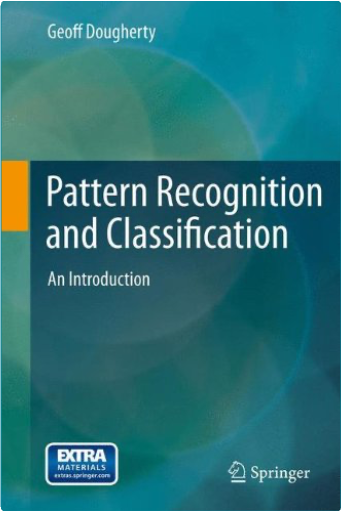

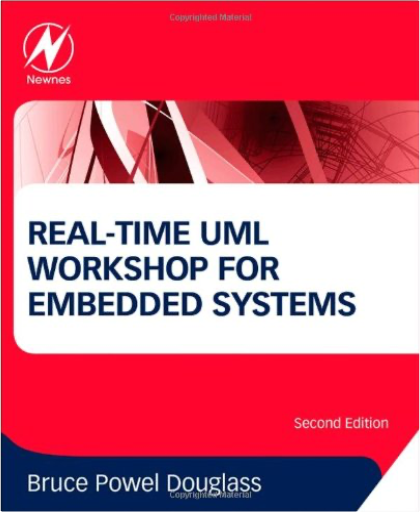
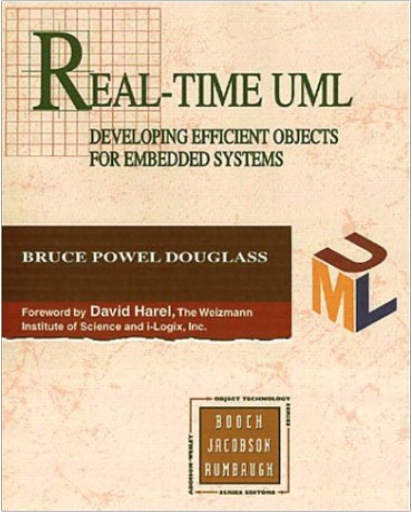

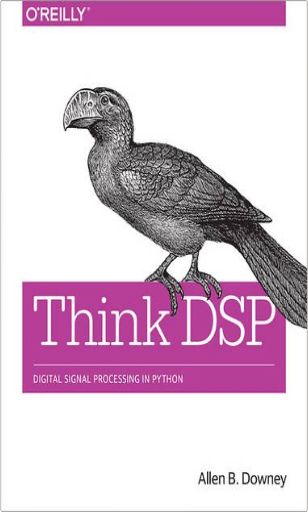
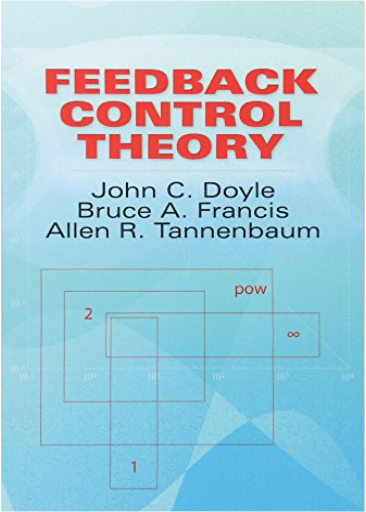
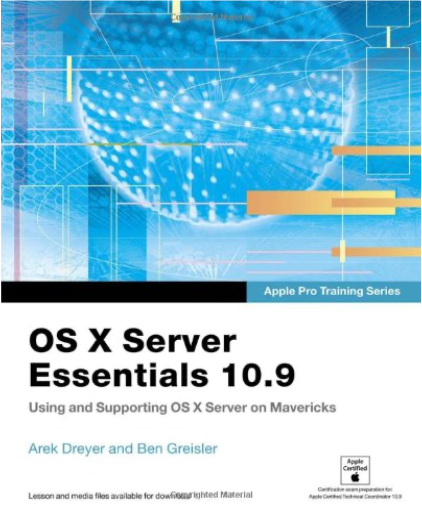
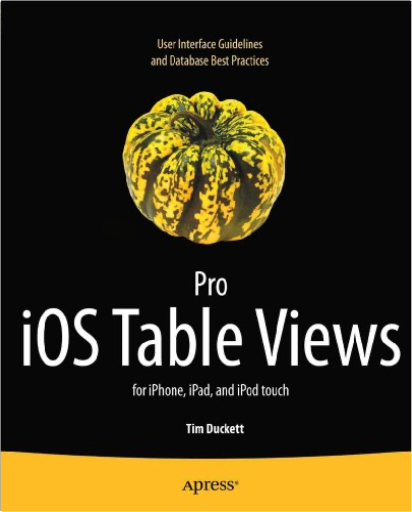

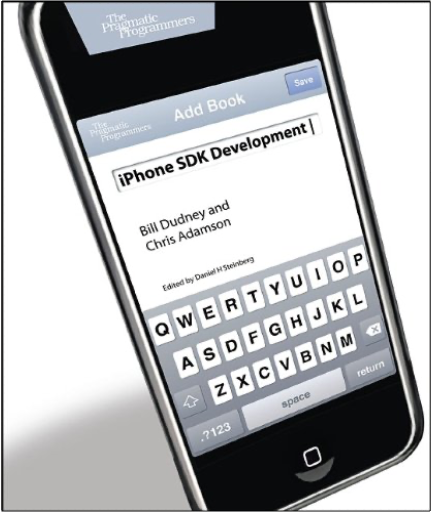
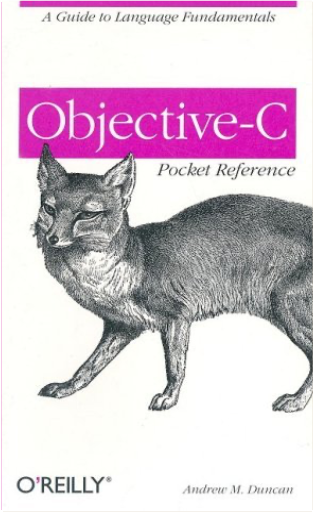



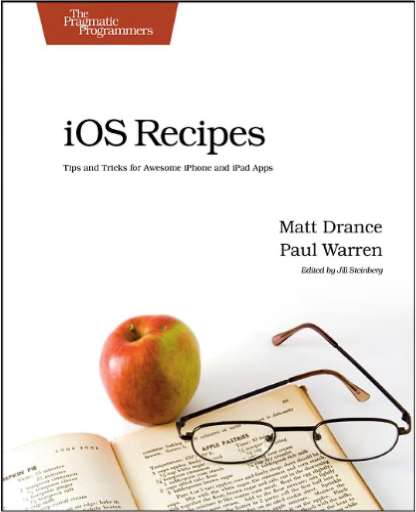
 Made with Delicious Library
Made with Delicious Library